It would be foolish not to review your Pension in 2016. Especially if you are within 20 years of using your pension funds. When you save into a pension it’s important to think about where your money is invested and to review your investments regularly.
As you get older and retirement draws closer, you should probably change your investment strategy to reduce the amount of risk you’re exposed to. Getting good financial advice can make all the difference to the quality of your retirement.
Where is your pension invested?
Personal, stakeholder and defined-contribution workplace schemes
If you have a personal pension, a stakeholder pension or money in a workplace defined-contribution scheme (including a NEST scheme) you will normally have to decide where your pension money is invested.
If you don’t make an active choice about where your pension money should be invested, your pension provider will invest your money in a ‘default’ fund – one that’s designed to be appropriate to as broad a range of people as possible.
Defined-benefit workplace schemes
If you’re a member of a workplace defined-benefit pension scheme, where your pension is based on your salary, your position is different. Your scheme promises the retirement income you’ll get, so it’s your employer, not you who takes the investment decisions (and risks) needed to reach that target.
As well as being a member of your employer’s defined-benefit scheme you may also make additional voluntary contributions into a separate defined-contribution pension scheme. In which case, you may at some point need to make some investment decisions about the defined-contribution pension scheme you invest in.
Reducing your risk as you approach retirement
If you have a personal, stakeholder or defined-contribution workplace pension, it’s a good idea to review your investment choices, especially as you get closer to retirement. Why? Because you might be taking on too much risk. This is something you should do whether your pension money is invested in a default pension fund or you’ve chosen the fund(s) that your pension is invested in.
Many pension funds invest in a range of assets such as stock market shares, bonds and cash. The value of shares can go up and down. The more heavily your pension fund invests in shares, the more likely it is that the value of your pension fund will go up and down in value too.
If you can leave your money invested in shares for a long time, say for ten years or more, then you should have long enough to cope with the ups and downs in the stock market. But if you will need your pension money in a couple of years’ time, there’s a danger that the shares could lose value just when you plan to retire.
Following changes introduced in April 2015 you now have more choice and flexibility than ever before over how and when you can take money from your pension pot. Take your time to understand your options and get help and advice – what you decide now will affect your retirement income for the rest of your life.
If you plan to leave your pension fund invested after you retire you may be able to take on more risk than someone who wants to use their pot straight away to buy an annuity or take money out of their pension pot.
SIPPs
If you have a relatively large pension pot and are an experienced investor, you may have chosen to take more control of your pension and get access to a wider range of assets by using a SIPP (self-invested personal pension). As with personal, stakeholder and workplace defined-contribution pensions, you should check where your pension money is invested and make sure you’re not taking on too much risk.
Lifestyle funds
This shift isn’t something you need to manage yourself. Many personal, stakeholder and workplace defined-contribution pension plans offer a ‘lifestyle’ fund, which automatically shifts the balance of your investments towards less risky investments (such as bonds and cash) as you near retirement. ‘Target date’ funds work in a similar way.
Moving your pension to less risky investments
If your pension isn’t in a lifestyle or target date fund, you can reduce the risk yourself. You can do this by switching your pension from riskier funds to ones that have a lower risk. This is something that you may be able to do easily online on your pension provider’s website.
However, it’s probably a good idea to take advice from a financial adviser unless you’re confident about choosing the right funds.
If you decide to switch funds, check first if there is a switching fee and what the charges on the new funds will be.
To help you decide if our services can help you we offer a no-obligation consultation at 1st Financial Foundations Independent Financial Advisers, please call 01908 523 420 or email us info@95.154.196.167, we will be happy to discuss your requirements
source: the money advice service













